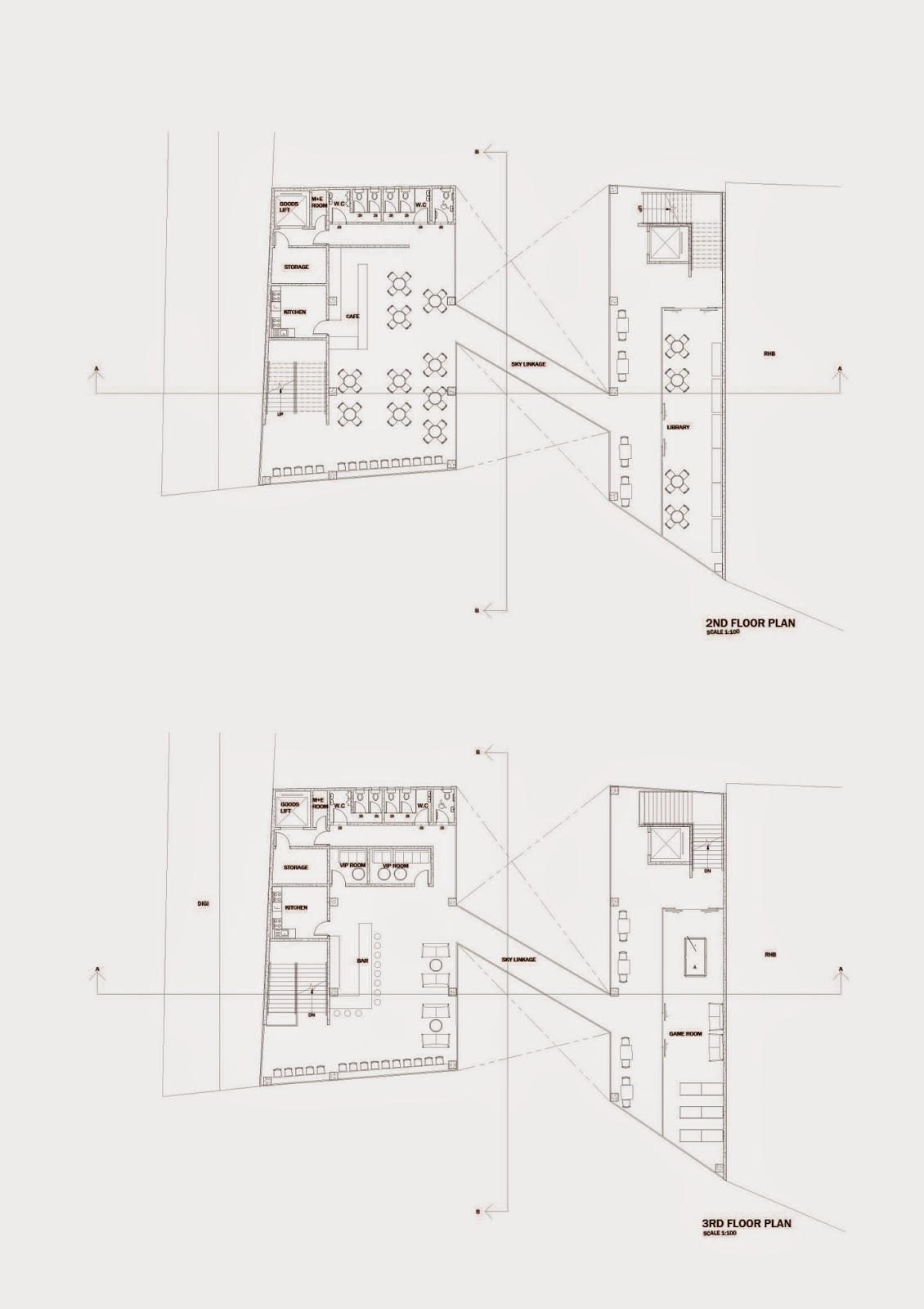Project 1 – Alternative Construction Solutions
OBJECTIVES
The objective of this project to encourage analytical and critical study of the principles, practices and details of construction technology in the existing building in addition to explore alternative construction systems. Besides, the aim of this assignment is also to adapt and implement the alternative construction systems into the our design and to develop the our skills in producing working drawings.
LEARNING OUTCOMES
1. Identify and collect relevant research data.
2. Explain a set of architectural and structural documentation.
3. Relate basic structural elements and structural principles in construction.
4. Analyse and document construction methods and materials
2. Explain a set of architectural and structural documentation.
3. Relate basic structural elements and structural principles in construction.
4. Analyse and document construction methods and materials
Project 2 – Advanced Roof & Industrialised Building System
OBJECTIVES
1. To develop students’ understanding in the advanced roof and different types of IBS construction method.
2. To apply appropriate roof system and IBS construction method in their own design.
3. To demonstrate a comprehensive understanding of advanced roof and IBS construction process.
4. To develop students’ understanding in matters related to energy efficiency and ecological impact.
5. To foster good communication skills among group members through proper delegation of works and also a proper academic report.
LEARNING OUTCOMES
1. Identify and collect relevant research data.
2. Evaluate existing construction system and detailing of the selected project.
3. Critique issues pertaining to construction principles, materials, techniques, process of assembly and detailing.
4. Critique issues pertaining to energy efficiency, embodied energy as well as ecological impact.
TASK
2. To apply appropriate roof system and IBS construction method in their own design.
3. To demonstrate a comprehensive understanding of advanced roof and IBS construction process.
4. To develop students’ understanding in matters related to energy efficiency and ecological impact.
5. To foster good communication skills among group members through proper delegation of works and also a proper academic report.
LEARNING OUTCOMES
1. Identify and collect relevant research data.
2. Evaluate existing construction system and detailing of the selected project.
3. Critique issues pertaining to construction principles, materials, techniques, process of assembly and detailing.
4. Critique issues pertaining to energy efficiency, embodied energy as well as ecological impact.
TASK























